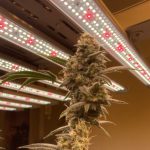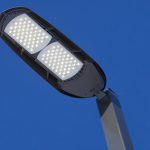Boost Your Study Efficiency: Discover the Best LED Light Color for Homework
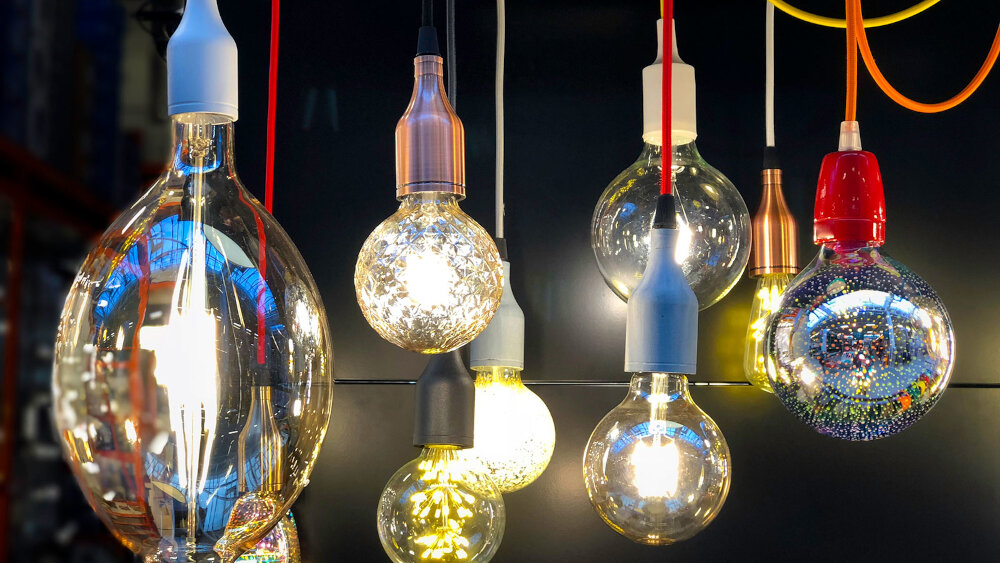
Studying is an essential part of academic life, but it can be a tedious and challenging task to accomplish. Whether it’s reading, writing, or solving mathematical equations, studying requires focus, concentration, and a conducive environment. One of the most overlooked factors that can affect your study efficiency is the lighting in your workspace. Lighting plays a crucial role in creating a comfortable and productive study environment, but did you know that the color of light can also impact your brain’s ability to focus? In this article, we will explore the best LED light color for homework and how it can help boost your study efficiency. LED lights have become a popular lighting option due to their energy efficiency, longevity, and versatility. They come in various colors, each with its unique wavelength and effect on the human brain. Studies have shown that the color temperature of light can affect human behavior, mood, and productivity. Therefore, choosing the right LED light color for your workspace can help create a conducive environment for studying. In the next section, we will delve into the science behind the best LED light colors for homework and how they can help you study more efficiently.
Finding the right LED light color for homework and study efficiency is crucial for several reasons. First and foremost, lighting plays a critical role in our ability to concentrate and focus on the task at hand. The wrong type of lighting can cause eye strain, headaches, and fatigue, all of which can negatively impact our productivity and ability to absorb information. Secondly, the color temperature of the LED light can affect our mood and energy levels. Warmer tones can create a cozy, comfortable atmosphere, but they may also make us feel drowsy and lethargic. Cooler tones, on the other hand, can help us stay alert and focused, making them the ideal choice for homework and study sessions. By selecting the right LED light color, we can create an optimal learning environment that promotes efficiency, productivity, and overall well-being.
The Science of Color Temperature
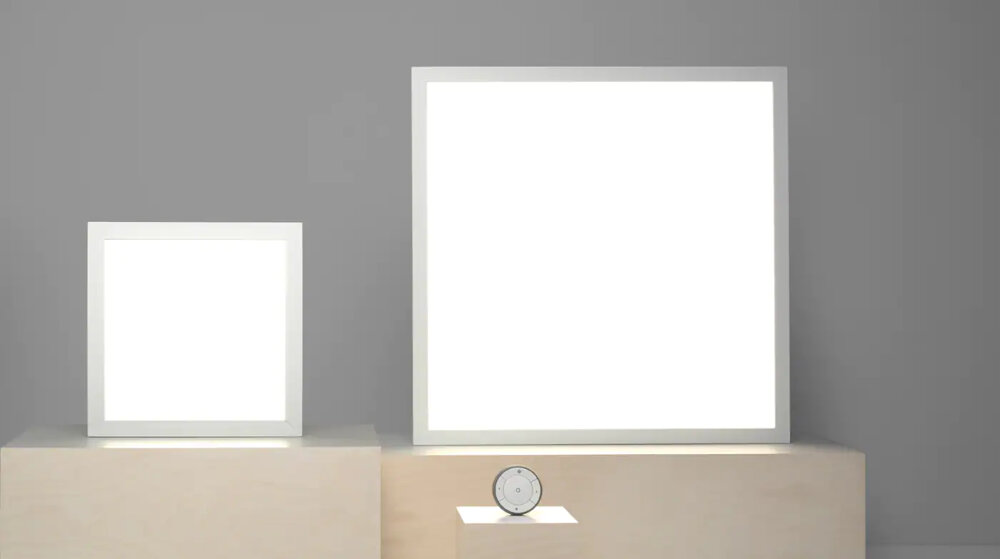
Understanding the science of color temperature is crucial when it comes to choosing the right LED light color to enhance your study efficiency. Color temperature is measured using the Kelvin scale, which ranges from 1,000 to 10,000K. Lower Kelvin temperatures (2,700K to 3,000K) produce warmer, yellowish light, while higher Kelvin temperatures (5,000K to 6,500K) produce cooler, bluish light. The color temperature of light has a significant impact on our mood, productivity, and performance. For instance, warmer light is known to promote relaxation and calmness, while cooler light is associated with alertness and focus. Therefore, when it comes to studying, it is recommended to choose a cooler LED light color that can enhance your concentration and cognitive abilities. Moreover, the science of color temperature is also critical in preventing eye strain and fatigue. Studies have shown that exposure to blue light (higher Kelvin temperatures) for prolonged periods can lead to retinal damage and cause digital eye strain. Therefore, choosing an LED light color that emits a balanced spectrum of warm and cool light can help reduce eye strain and promote eye comfort. Additionally, adjusting your LED light color to match the natural light outside can also improve your sleep quality and circadian rhythm. Overall, understanding the science of color temperature is fundamental when it comes to choosing the best LED light color for homework, as it can significantly impact your productivity, eye health, and overall well-being.
Color temperature is a measurement of the hue of white light on a scale from warm to cool. Warm light has a lower color temperature, measured in degrees Kelvin, while cool light has a higher color temperature. The concept of color temperature is important because it affects our brain and productivity. Warm light is known to create a relaxing atmosphere, while cool light is stimulating and energizing. Therefore, when choosing the right LED light color for homework or study, it is essential to consider the activity you will be doing. For example, warm light is suitable for reading or relaxing, while cool light is recommended for concentration and focus. In conclusion, color temperature plays a significant role in our daily lives, and understanding its effects can improve productivity and well-being.
Warm colors such as red, orange, and yellow are often associated with energy and excitement. They can help to stimulate the mind and increase focus and creativity. However, they can also be overwhelming and distracting if used in excess. Cool colors such as blue, green, and purple are more calming and soothing. They can help to reduce stress and promote relaxation, making them ideal for studying and concentration. While warm colors may be helpful in short bursts, cool colors are generally more effective for sustained periods of focus and productivity. The key is to find the right balance of colors that work best for your individual needs and preferences.
How Different LED Light Colors Affect Studying
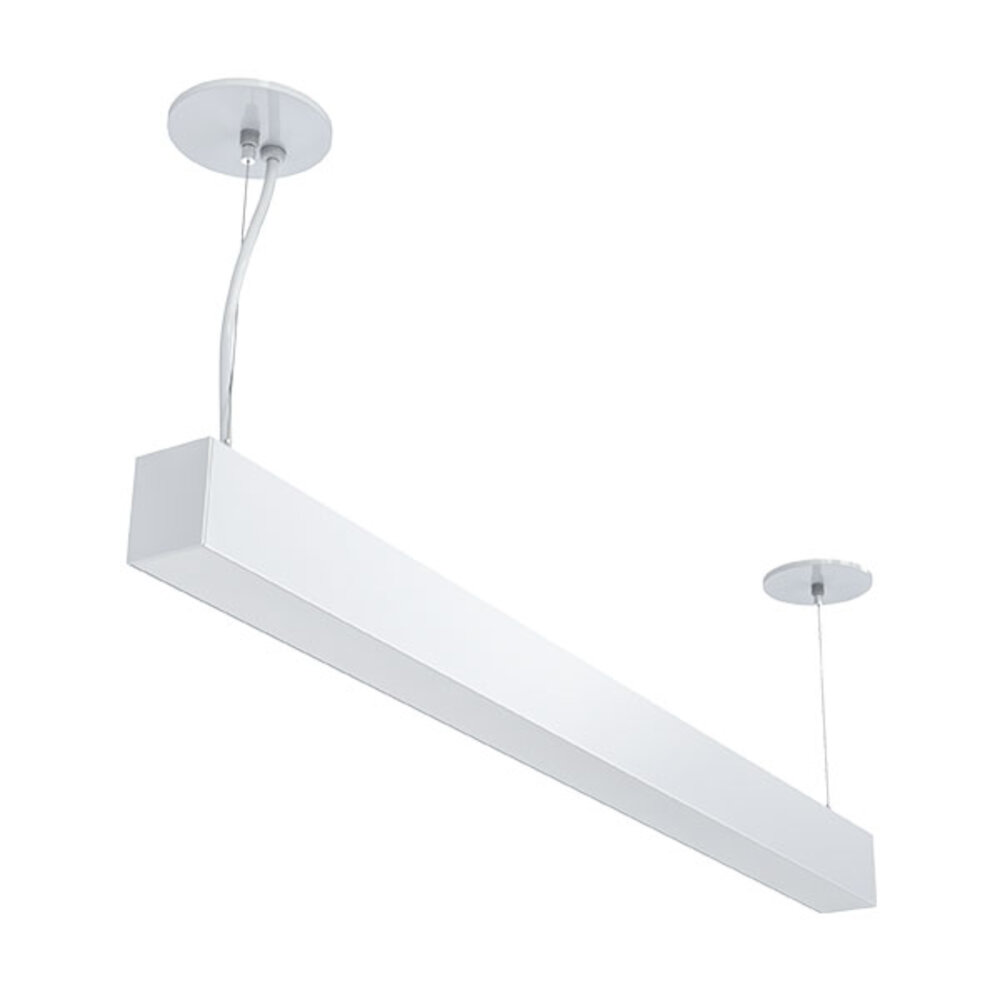
LED light colors can have a significant impact on studying and homework efficiency. Different colors of light can affect mood, alertness, and concentration levels, ultimately impacting productivity. For instance, cool white LED lights are considered the best choice for studying due to their ability to enhance focus and concentration. These lights emit a bluish-white light that mimics daylight, which stimulates the brain and reduces eye strain, leading to increased productivity and energy levels. On the other hand, warm white LED lights are considered the worst choice for studying as they produce a yellowish glow that can make individuals feel sleepy and lethargic. This type of light is more suitable for relaxation and creating a cozy atmosphere. Furthermore, red LED lights should be avoided as they can negatively impact productivity and cause eye strain due to their low wavelength. As such, it’s important to carefully consider the color of LED lights used during studying to optimize productivity and ensure a comfortable studying environment.
LED lights come in a variety of colors, and each color has a different impact on studying. For instance, blue LED lights are known to enhance concentration and increase alertness, making them a great choice for studying. On the other hand, warm white LED lights have a calming effect and can help reduce stress levels, making them a good option for those who get easily distracted or anxious while studying. Red LED lights, although not recommended for studying as they can be distracting, have been found to improve memory retention and can be beneficial during revision sessions. Ultimately, the best LED light color for studying depends on an individual’s personal preferences and the type of studying they are doing.
When it comes to studying, different colors can have various effects on our brain’s performance. Blue light is known for enhancing alertness and concentration, making it an ideal color for studying during the day. However, exposure to blue light at night can disrupt sleep patterns, making it difficult to fall asleep. On the other hand, yellow light creates a warm and calming atmosphere, perfect for studying before bedtime. However, it may not be as effective as blue light in boosting concentration. Green light has a calming effect on the eyes, reducing eye strain during long study sessions. However, it may not provide the stimulation necessary for optimal focus. Ultimately, the best color for studying will depend on personal preference, time of day, and the type of study material.
Best LED Light Color for Studying
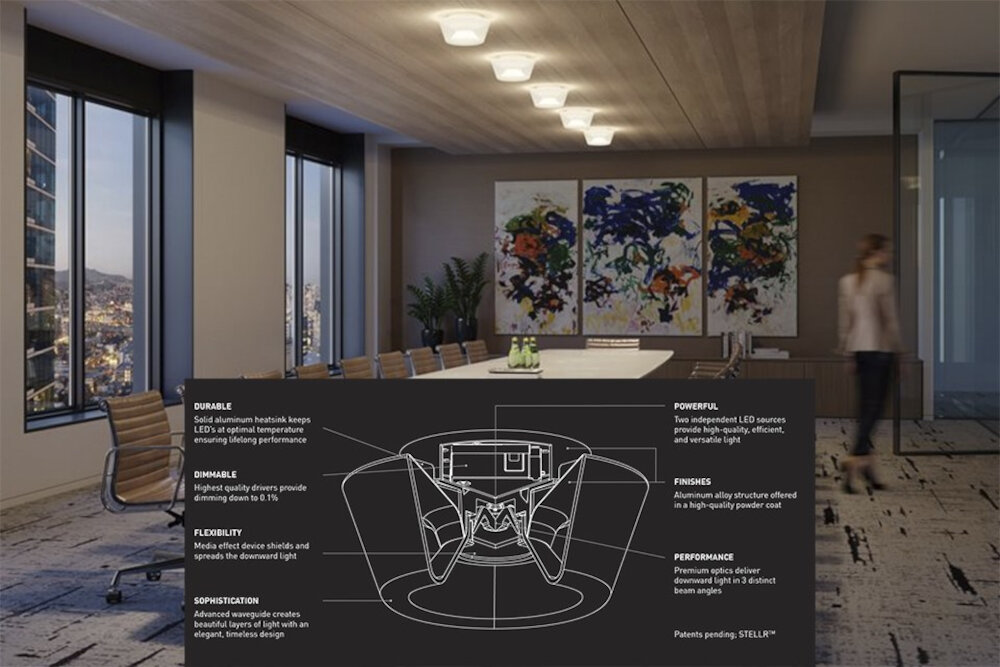
When it comes to studying, having the right lighting can significantly impact productivity and focus. LED lights have become the go-to choice for students due to their energy efficiency and durability. However, not all LED light colors are created equal, and some may hinder more than help. The best LED light color for studying is cool white, which provides a bright and crisp light that mimics natural daylight. This type of light has been proven to enhance concentration and reduce eye strain, making it perfect for late-night study sessions. On the other hand, warm white LED lights should be avoided for studying purposes as they emit a yellowish hue that can induce drowsiness and make it difficult to focus. Blue and green LED lights are also not recommended as they can cause eye fatigue and disrupt the body’s natural sleep-wake cycle. It’s essential to choose the right LED light color for your study area to ensure that you’re getting the most out of your study time. Investing in quality lighting can make all the difference in your academic performance, so don’t skimp on this crucial aspect of your study setup.
According to scientific research, the best LED light color for studying is cool white or daylight. This is because these light colors have a higher color temperature and provide a bright and energizing environment, which can help improve focus and alertness. Cool white light also mimics natural daylight, which can help regulate the body’s circadian rhythm and improve sleep quality. On the other hand, warm white light can create a cozy and relaxing atmosphere, which may not be conducive to studying. Therefore, if you want to boost your study efficiency, it’s recommended to use cool white or daylight LED light bulbs in your study area.
When it comes to studying, lighting plays a crucial role in creating an optimal environment. LED lights are a great option for studying due to their energy efficiency and ability to produce different color temperatures. To adjust LED lights for the best studying conditions, start by selecting a cooler color temperature, around 5000K, as it helps improve focus and alertness. Position the lights to avoid harsh glare or shadows on your work surface. If possible, use dimmable LED lights to adjust the intensity of the light based on your needs. Lastly, be mindful of the color rendering index (CRI) of the LED lights, as a high CRI ensures that colors are accurately represented, which is important for tasks such as reading or studying diagrams. By following these tips, you can create an ideal studying environment that will help you stay focused, productive, and comfortable.
Other Factors to Consider for Study Efficiency
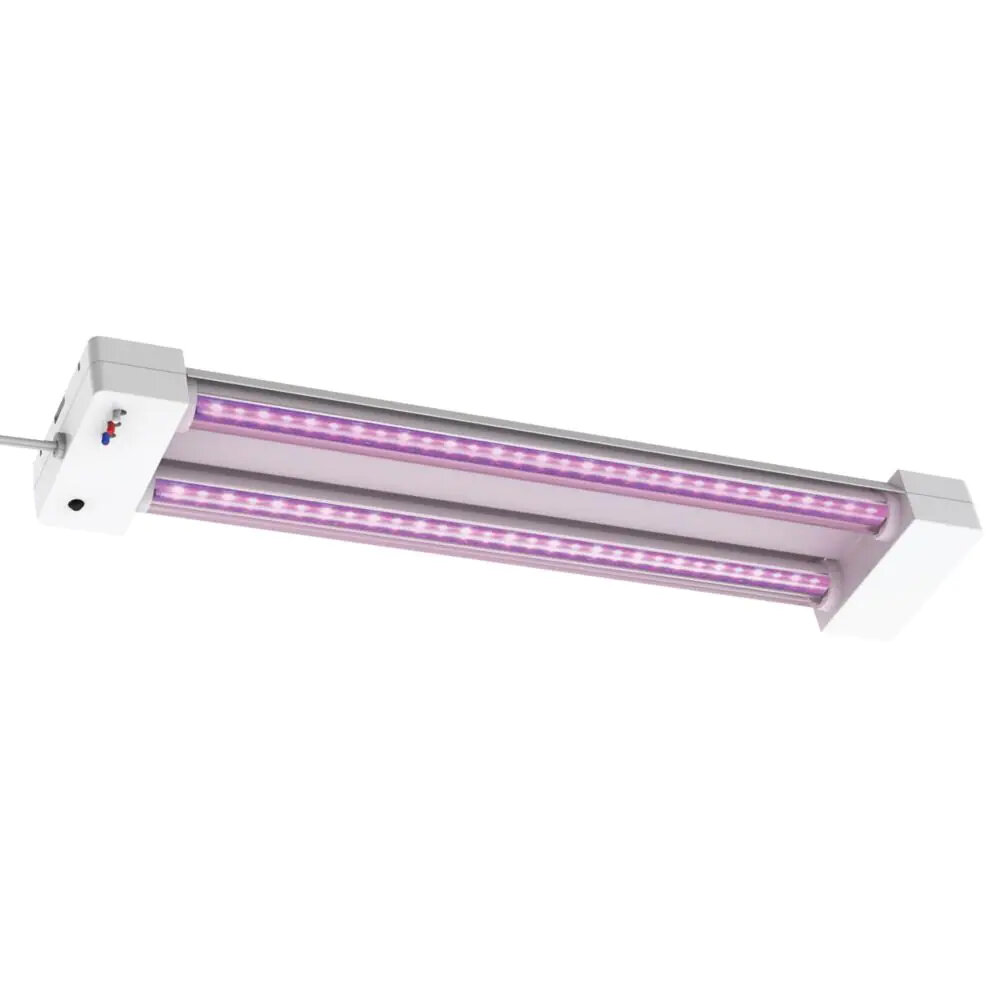
Apart from the LED light color, there are several other factors that can affect study efficiency. One of the most crucial factors is the study environment. A well-lit, organized, and quiet study space can significantly improve concentration and productivity. Therefore, it is essential to choose a study area that is free from distractions, such as noise, clutter, and electronic devices. Additionally, it is beneficial to create a study routine that includes breaks, exercise, and healthy snacks to maintain focus and energy levels. Another factor that can impact study efficiency is the type of learning method used. Different students have different learning styles, and it is important to identify the most effective method for each individual. Some students may benefit from visual aids, such as diagrams and charts, while others may prefer to listen to lectures or participate in discussions. It is also helpful to vary the learning method to prevent boredom and enhance retention. By incorporating a variety of learning techniques, students can maximize their study efficiency and achieve their academic goals.
Apart from the color temperature of LED lights, other factors also play a crucial role in determining study efficiency. One of them is the room lighting. It is essential to have adequate lighting in the room to avoid straining the eyes and causing fatigue. On the other hand, excessive brightness can cause discomfort and make it difficult to concentrate. Therefore, it is vital to strike a balance between the two to create an ideal study environment. Another factor that impacts study efficiency is the screen brightness of electronic devices. High screen brightness can cause eye strain and headaches, while low brightness can make it challenging to read the text. Hence, it is recommended to adjust the screen brightness according to the ambient lighting in the room to optimize the studying experience.
To optimize study efficiency, it is important to focus on several factors. Firstly, it is essential to create a comfortable and well-lit study environment. Choosing the right LED light color can significantly improve mood and concentration levels. Blue light, for example, is known to boost alertness and mental clarity, while warm white light can help create a relaxing atmosphere. Additionally, it is important to manage distractions by minimizing noise and interruptions. Creating a study schedule and setting achievable goals can also help improve productivity and motivation. Finally, taking regular breaks and getting enough sleep is crucial for maintaining focus and preventing burnout. By implementing these tips, students can optimize their study environment and achieve better academic results.
The article \Boost Your Study Efficiency Discover the Best LED Light Color for Homework\ discusses the impact of light color on a student’s study efficiency. It highlights the importance of choosing the right LED light color to create an optimal study environment for better concentration, focus, and productivity. The article suggests that blue and green light colors are the best options for studying as they improve alertness and mental clarity. It also advises against using warm yellow lights, which can induce relaxation and sleepiness. The article concludes that choosing the right LED light color can significantly enhance a student’s ability to absorb and retain information, making study sessions more effective and productive.
When it comes to studying, many students overlook the importance of lighting, and how it can affect their productivity and focus. Research shows that certain LED light colors can significantly boost study efficiency by enhancing alertness, reducing eye strain, and improving mood. For instance, cool white LED lights with a color temperature of 5000-6500K are ideal for studying as they mimic natural daylight and help keep the mind alert and focused. On the other hand, warm white LED lights with a color temperature of 2700-3000K can create a relaxing atmosphere and help reduce stress levels, making it an ideal choice for evening study sessions. Therefore, finding the right LED light color for studying is crucial for students who want to optimize their productivity and create a conducive learning environment.
Conclusion
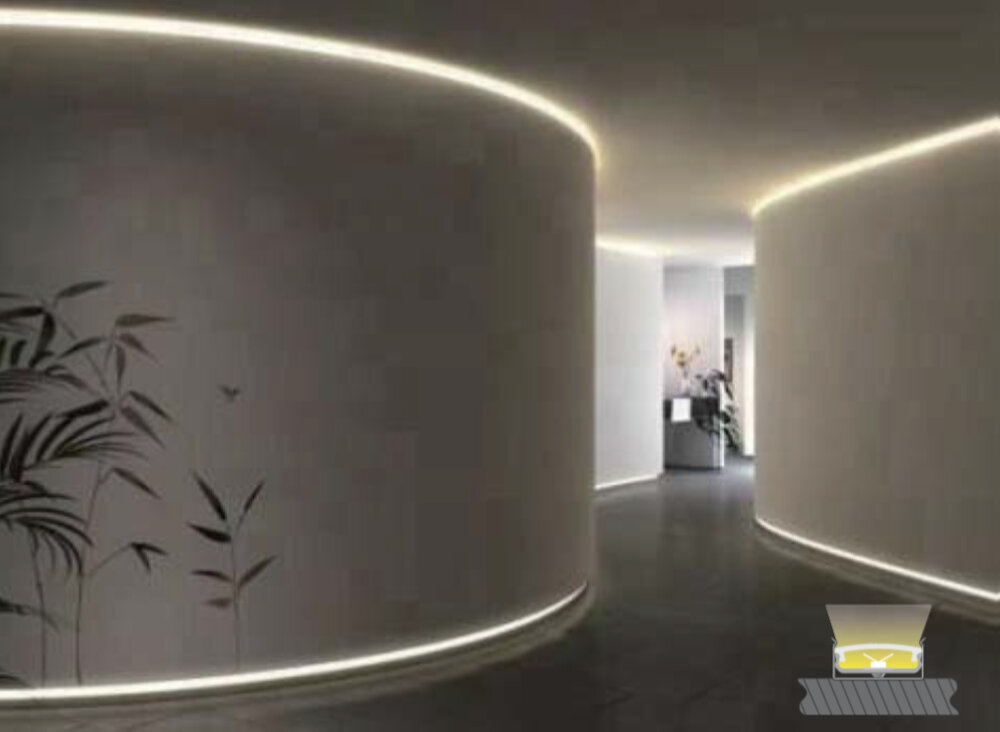
In conclusion, choosing the best LED light color for your homework can significantly improve your study efficiency. By understanding the effects of different colors on your brain, you can optimize your study environment and enhance your focus and productivity. Blue light is great for stimulating alertness and concentration, while warm light can create a relaxing and comfortable atmosphere for studying. However, it is important to strike a balance between brightness and warmth to prevent eye strain and fatigue. By incorporating the right LED light color into your study routine, you can create a conducive environment and achieve your academic goals with ease.

